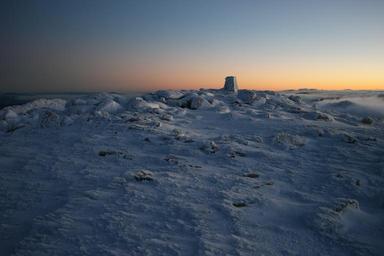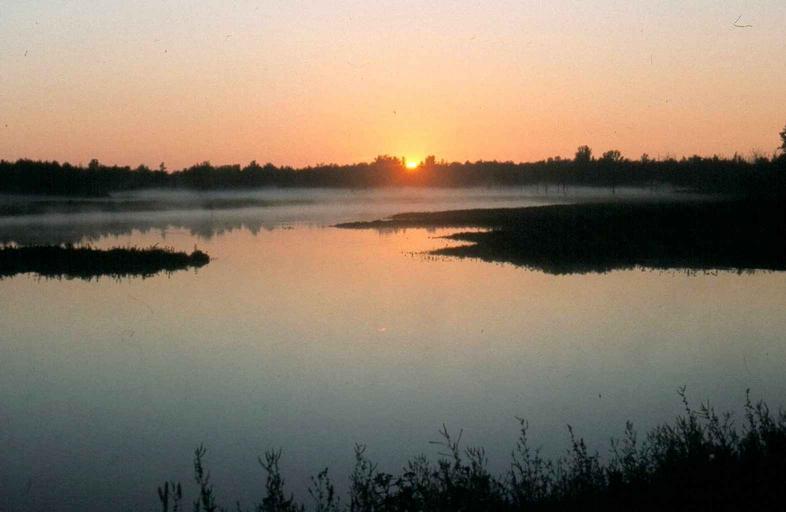Introduction
In a world brimming with visual stimuli, photography emerges as a compelling medium through which we can capture and convey the stories of our surroundings. Whether the tender touch of nature reclaiming human structures or the stark contrast of life and decay, every photograph tells a tale—a narrative woven from light, shadow, and emotion. This article will explore how photographers http://ideasfoundry670.huicopper.com/statement-wall-art-ideas-to-transform-any-room have embraced their artistic expression to tell nature's story. We'll delve into styles such as self-portrait photography, aesthetic photography, and fine art photography while reflecting on how these forms encapsulate human experiences within natural settings.

Capturing Nature’s Narrative: The Story Behind Every Photograph
At its core, photography is a powerful narrative tool. When we talk about "Capturing Nature’s Narrative," we're not merely referring to taking pictures; we're discussing the profound connection between nature and humanity that each image encapsulates. Photographs serve not only as visual records but also as emotional commentaries that provoke thought and reflection.
The Essence of Stories in Photography
Every photograph carries an essence—a story waiting to unfold. Through imagery, photographers can evoke emotions ranging from nostalgia to joy. This is particularly true in genres like fine art photography, where each frame can be imbued with meaning beyond what meets the eye.
What Makes a Photograph Tell a Story?
Composition: The arrangement of elements within a photo plays a crucial role in storytelling. A well-composed shot can guide viewers' eyes and emotions.
Subject Matter: Choosing what to photograph influences the narrative. For instance, images capturing moss-covered ruins speak volumes about decay and regeneration.
Lighting: Light sets the mood—soft lighting may evoke serenity while harsh contrasts could symbolize conflict between nature and man-made structures.
Context: Background details often enrich stories by providing necessary context that explains the subject matter further.
Self-Portrait Photography as Personal Narrative
Self-portrait photography allows individuals to become both subjects and storytellers. It invites exploration not just of external environments but also of internal landscapes.
Exploration Through Self-Portraits
- Personal Growth: Each self-portrait reflects a specific moment in time—representing growth or change. Artistic Expression: Capturing one’s essence through aesthetic fine art helps emphasize personal narratives alongside broader themes found in nature.
Fine Art Photography: The Intersection of Art and Nature
Fine art photography elevates images into realms beyond documentation—transforming them into pieces of art that resonate on emotional levels.
Aesthetic Fine Art Photography Techniques
To create striking fine art photographs:
Use Color Creatively:- Explore tarnished color photography for striking contrasts. Employ black and white photography to evoke timelessness.
- Capture motion through shutter speed experiments. Utilize long exposures for ethereal effects that reflect nature's fluidity.
- Represent human narratives using symbolic elements within your compositions. Create dialogue between contrasting elements like nature versus structure—highlighting beauty amid decay.
Aesthetic Photography: Visual Poetry in Nature
Aesthetic photography takes us on journeys through visual poetry—the harmonious blend of form and function within natural settings.
The Power of Aesthetics
In aesthetic photography:
- Imagine landscapes with vegetation intertwining with old construction. Capture moments where beauty thrives even amidst decay—illustrating blooming life in unexpected places.
Moss-Covered Ruins as Metaphors
Moss-covered ruins invite contemplation about life cycles—the inherent beauty found in deterioration—and how nature reclaims spaces once dominated by human hands.
Nature and Decay in Photography: A Poetic Dichotomy
Photographers often find themselves drawn to themes of decay as they reveal deeper truths about existence itself—the transient yet cyclical nature of life.
Capturing Decay's Beauty
Ruin and Bloom:- Explore blooming in ruins—depicting resilience against adversity. Document overgrown ruins showcasing how life persists despite neglect.
- Reflect on withering beauty—images embodying fragility yet strength simultaneously.
Gravity and Growth Themes in Photography
The interplay between gravity and growth serves as an evocative theme throughout photographic work, demonstrating life's complexities visually.
Feeling Gravity Through Imagery
Using symbolic gestures within images can illustrate how we navigate challenges:
- Capture people reaching for the sky amidst vast landscapes—evoking hopefulness against life's obstacles. Use dramatic angles or perspectives that portray feelings of gravity—reflecting weighty emotions tied to personal experiences.
Exploring Human Life Through Nature Photography
Photography offers insights into exploring human life interwoven with natural environments—a dance between existence and ecology.
Narrative Photography Techniques for Humans in Nature
Incorporate elements like people interacting with their surroundings. Use candid moments that reveal raw emotions tied to specific locations or events. Document transitional phases—showcasing personal journeys influenced by landscapes encountered along the way.Personal Photography Journey: Finding Your Voice
Every photographer embarks on a personal journey—a quest for identity expressed through their lens, revealing layers beneath surface-level observations.
Artistic Self-Expression Through Imagery
Embrace unique perspectives by experimenting with various styles:

Self-timer shots can allow spontaneous moments captured unexpectedly mirroring authentic feelings experienced during exploration.
Engage in contemplative art practices where each click becomes an intentional act infused with meaning rather than mere documentation alone.
FAQs
1. What is self-portrait photography?
Self-portrait photography involves taking photos of oneself, allowing for deep introspection and artistic expression regarding personal narratives intertwined with one's environment.
2. How does fine art photography differ from other types?
Fine art photography emphasizes artistic vision above traditional documentation—it transforms images into pieces intended for emotional resonance rather than mere representation alone.
3. What techniques enhance aesthetic quality?
Utilizing creative lighting setups, engaging compositions focusing on contrasts (e.g., black & white vs. colorful), or experimenting with shutter speeds can elevate aesthetic appeal significantly!
4. Why are themes like decay significant?
Themes surrounding decay reveal essential truths about life cycles—they highlight resilience found amidst loss while encouraging deeper reflections upon our relationship(s) toward both nature & and structures built by humans alike!

5. How does one capture personal growth through photographs?
Photographers might document key moments spanning different stages across time—to visually narrate transformative processes reflected via changing landscapes/expressions showcased throughout varying contexts encountered personally over the years gone past!
6 How important is context when telling stories through photographs?
Context provides essential background information, enriching narratives captured within frames! It allows viewers insight into experiences conveyed—transforming simple snapshots into meaningful accounts featuring deeper layers awaiting discovery beneath surface appearances alone!
Conclusion
“Capturing Nature’s Narrative: The Story Behind Every Photograph” illustrates more than beautiful visuals; it encompasses rich dialogues between humanity and its surroundings over time! From self-exploration journeys revealed through poignant imagery to intricate relationships formed amid decay versus regeneration themes, all contribute to understanding our very existence harmoniously with nature itself!
As photographers continue embracing diverse techniques—from aesthetic fine art approaches blending creativity seamlessly together—to engaging deeply reflective styles inviting introspection—we cultivate an appreciation for life’s complexities profoundly expressed through artistry documented visually always!